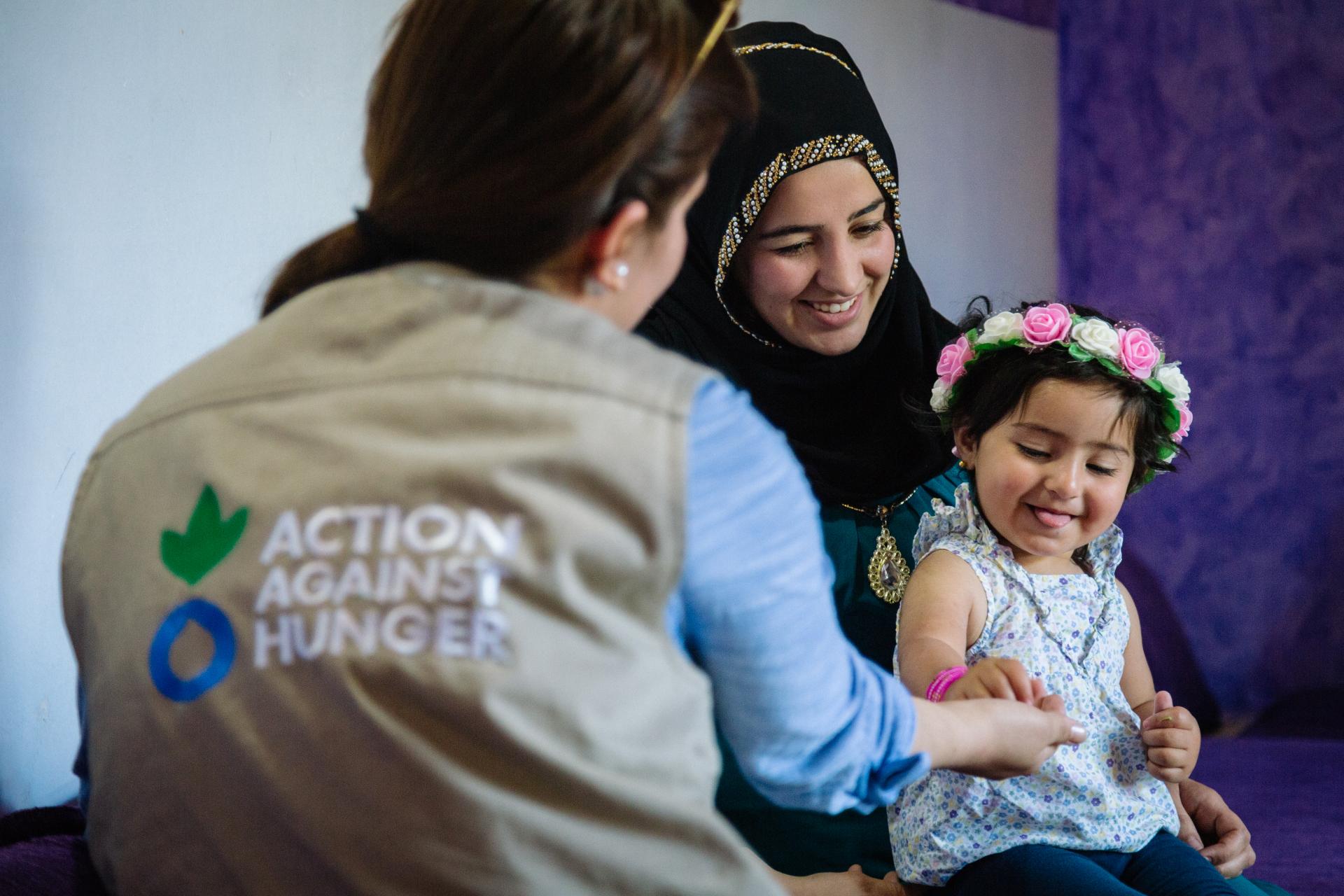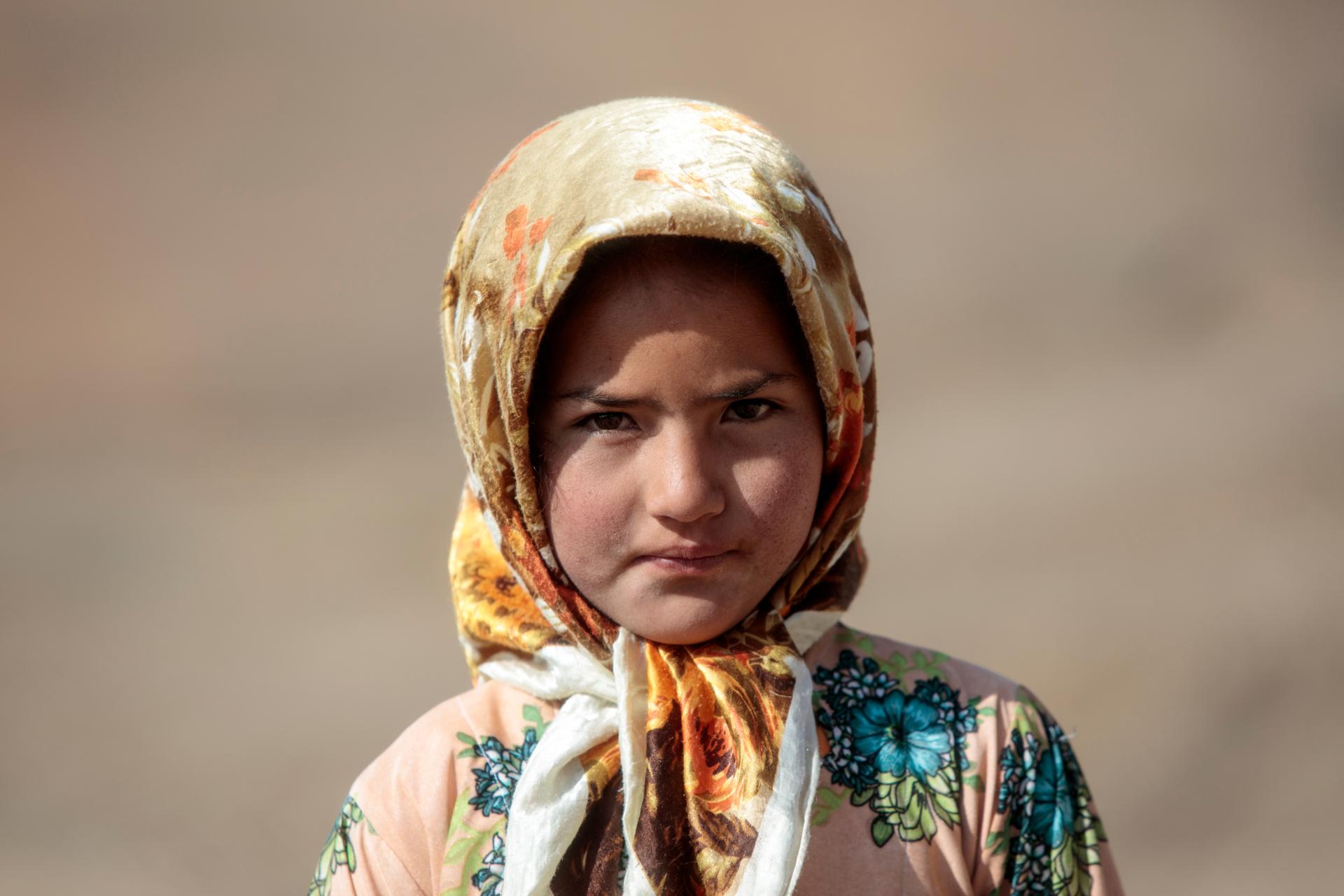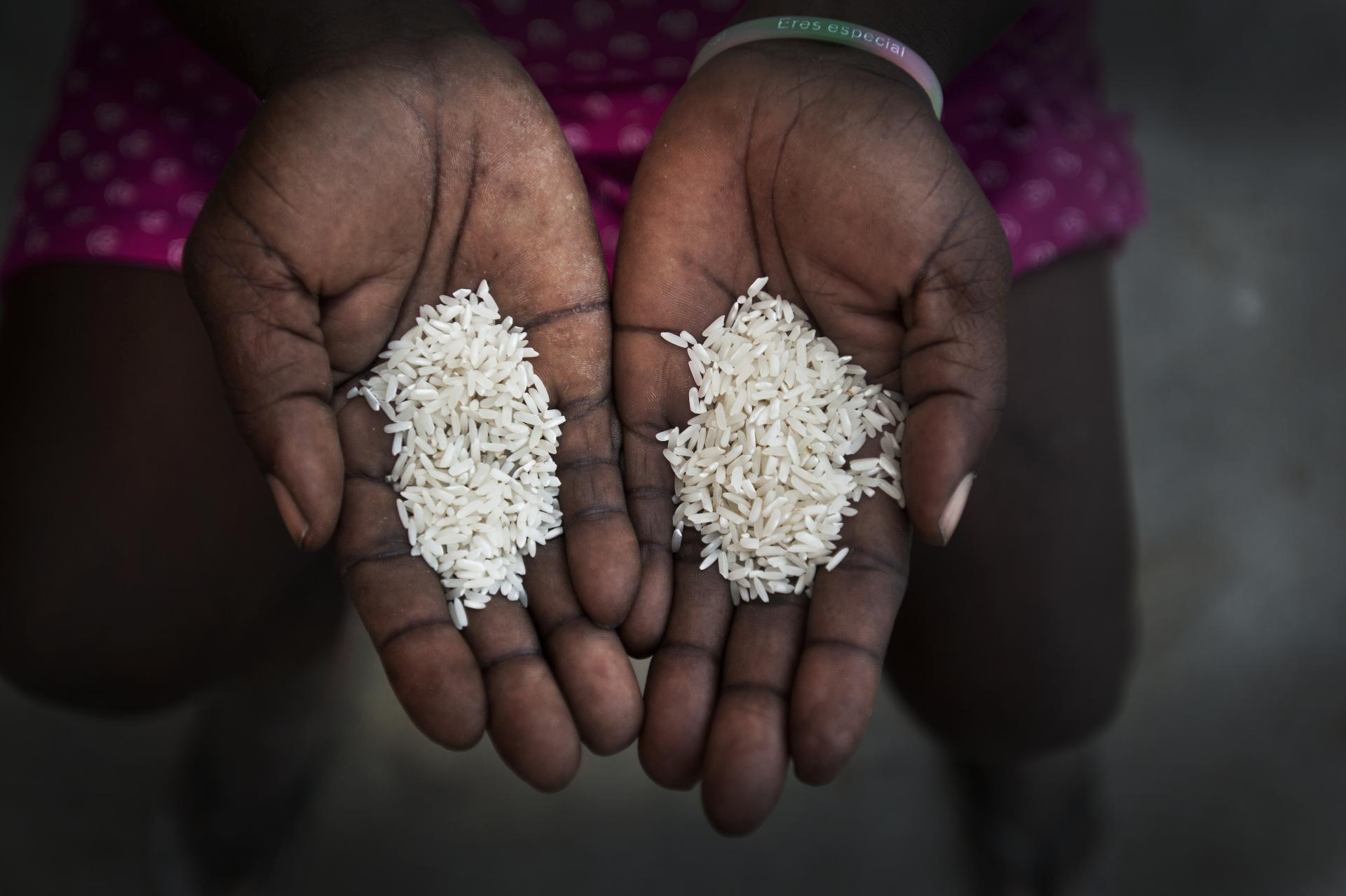
WATER, SANITATION AND HYGIENE

CONTAMINATED WATER AND LACK OF HYGIENE FUEL MALNUTRITION
We cannot fight hunger without addressing the waterborne diseases that contribute to it. Every day, 1,000 children die because of unsafe water, unsafe sanitation and unhygienic living conditions.
Without clean water, diseases such as diarrhoea, parasites and chronic intestinal inflammation are common. They can prevent children from absorbing key nutrients and make them more susceptible to malnutrition and other health problems.
SCARCITY OF SAFE WATER
Conflict and climate change are causing shortages of safe water in several regions of the world. Droughts are more frequent and extreme. Floods damage and pollute water sources. War and insecurity restrict farmers' access to their fields and food transportation to markets.

2.000
million people
lack access to
safe water.

3.600
million people do not have
access to a safe sanitation
and wastewater system.

80%
of families assign
women and girls the
task of fetching water.
What are we doing on Water, Sanitation and Hygiene?
Promoting hygiene to prevent disease
To prevent disease outbreaks, our teams distribute hygiene kits and build latrines and hand-washing facilities in communities, schools and health centres. We install water filters and teach healthy practices such as hand washing, cooking with clean utensils and drawing water from safe sources, even in the hardest-to-reach places.
Expanding access to clean water
Where water is scarce or unhealthy, we drill new wells and decontaminate untreated ones, install hand pumps, protect natural springs, tap aquifers, rehabilitate damaged infrastructure and channel water to hard-to-reach villages and health centres. We also introduce innovative solutions, such as solar-powered irrigation systems. In emergency situations, we truck water to communities and install reservoirs and storage tanks.
Developing durable solutions
Collaboration with community members is needed for sustainable change. We form water committees, made up of elected community members, to independently manage water and sanitation infrastructure. We also organise local health teams to model good sanitation and hygiene practices in their communities long after a new well is built.
HOW DO WE HELP?
OTHER AREAS OF ACTION
WATER, SANITATION AND HYGIENE
FOOD SECURITY AND LIVELIHOODS
RESEARCH AND INNOVATION
EMERGENCIES
ADVOCACY
SOCIAL ACTION IN SPAIN
LATEST
JOIN THE FIGHT AGAINST HUNGER
INSTITUCIONES
QUE NOS AVALAN














